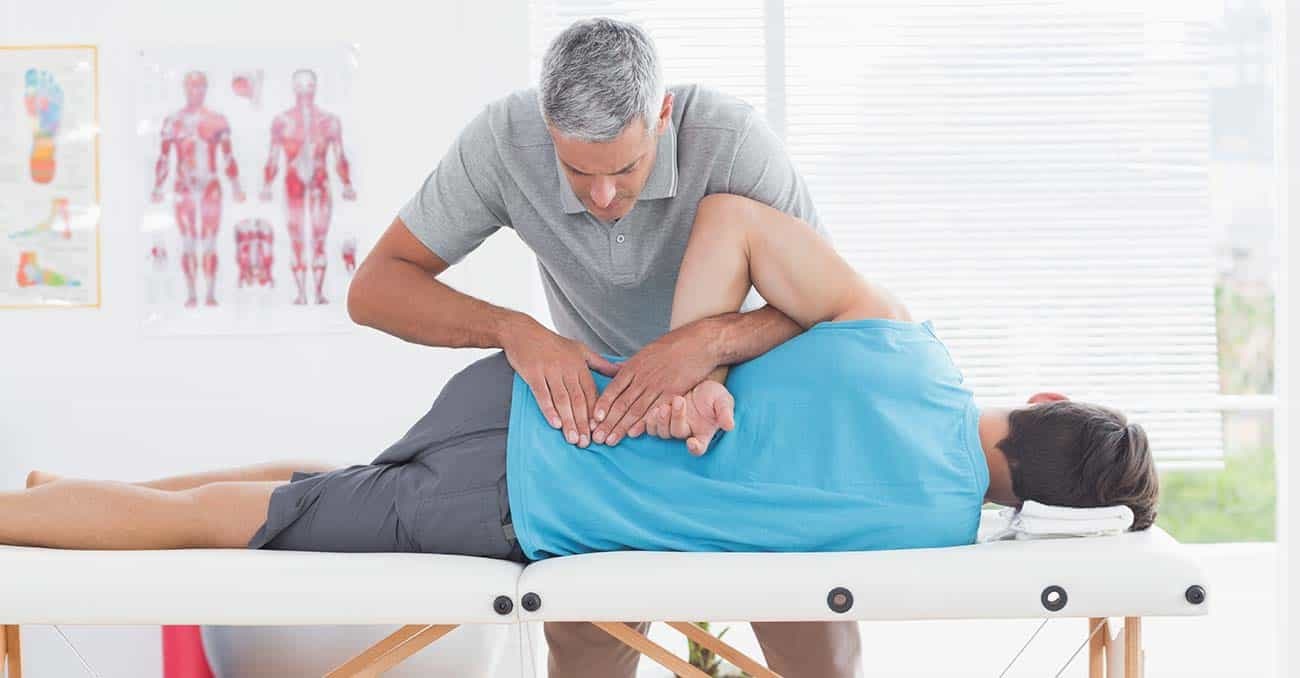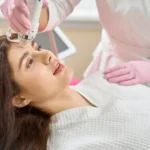Hereditary hair fall is caused by some combination of genetics, hormone levels and the aging process. You will notice hair loss or hair thinningas you age. Nevertheless, up to 40% of men and women will experience a more obvious form of this condition. (Source: Harvard Health Publishing) The condition is also called androgenetic alopecia.
Due to the male hormone testosterone, the normal cycle of hair growth changes. This results in thinner hair. Ultimately, hair growth in certain parts of the scalp stops entirely, which causes the typical pattern of hair loss. Contrary to the myth that baldness is inherited from one’s mother’s family, the condition seems to depend on genes contributed by both or either of the parents.
Symptoms of hereditary hair fall
Hereditary hair fall starts with thinning of the hair and often progresses to complete hair loss on parts of the scalp. Hair on the pillow, in the bathroom drain or on the comb are symptoms of hair loss. An average non-balding person loses approximately 50-100 hair strands per day. And more hair might fall out under certain circumstances like after childbirth or a serious illness. In men, hair fall typically begins at the temples and crown. Then it proceeds in an M-shaped pattern. Only a rim of hair along the side and back of the scalp remains in the most advanced stage. In women, hair loss would be more widespread but better hidden. Also, a “Christmas tree” pattern can often be noticed along the hair part. The hairline along the forehead and temples typically remains normal in women. Complete loss of hair in any one place on the scalp is rare. This might suggest that a different problem is the cause, like alopecia areata (an immune system disorder that causes bald patches) or a fungal infection.
When to see a doctor?
It’s important to consult your doctor if you have any of the symptoms mentioned below to address hereditary-pattern baldness and get timely treatment.
- Sudden hair fall
- Hair falling out in clumps
- Patchy hair loss
- Soreness, flaking or scarring of the scalp in the area of hair fall
- Baldness in women under the age of 30
- Signs of unusually high testosterone levels in women, including irregular menstrual periods, deepening of the voice, acne, hair losssimilar to male pattern hair loss or hair growth in uncommon places like face and chest
Hair fall treatment in homeopathy
Homeopathic remedies are carefully chosen and tailored for you based on your detailed case history. Thus, it treats the fundamental cause of hair fall efficiently. This helps in long-term hair fall control. Geno Homeopathy is the world’s first gene-targeted homeopathic therapy. It gives 99.9% accurate test results (as authenticated by the US-based agency American Quality Assessors (AQA)). It can predict hereditary hair loss. Hence, it can help determine the perfect hair fall remedy for an individual. Homeopathic hair fall treatment can give long-term results.
Different treatment options can be supplemented along with homeopathic treatment to enhance the results.
- Hair Vitalizing Treatment (HVT)
HVT is a US-FDA-approved hair fall treatment. It reduces hair breakage. It has a success rate of 90% (as authenticated by the AQA).
- STM Cell Treatment
This South Korean innovation repairs hair tissue and helps grow your hair naturally. This hair fall treatment activates hair regrowth with negligible or no pain. This procedure takes 60 minutes once a week. It has a success rate of 88% (as authenticated by the AQA).
- GroHAIR Treatment
This Nobel Prize-winning innovation based on French technology is India’s first non-invasive hair fall treatment. This treatment strengthens the hair’s keratin tissue. It brings the amino acids and vitamins vital for hair regrowth up to the hair root. This procedure takes 30 minutes once a week. Its success rate is 77% as authenticated by the AQA.
Several diseases can result in excessive hair fall. And many of them overlap in symptoms. Hence, it is vital to consult a homeopathy doctor. Through a detailed case evaluation, he or she can diagnose precisely and determine a treatment plan. Visit the nearest hair clinic for side-effect-free hair fall treatment.










